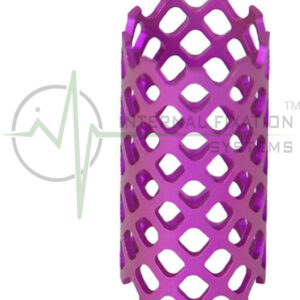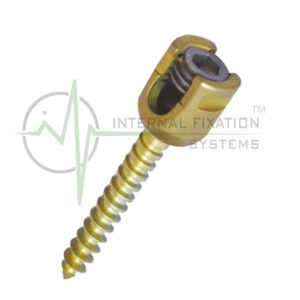Description
Historically, interbody fusion cages were introduced to improve fusion rates and to restore lumbar lordosis, as well as intervertebral and foraminal height. Additional advantages relate to better containment of bone graft. In recent years, the evolution of static interbody fusion cages has emphasized minimally invasive spinal surgery technique (MISST) applications with the primary goal to reduce approach morbidity by improving insertion mode and to control sagittal and coronal alignment better. Consequently, interbody fusion cages of different sizes and shapes were offered. Additional technological advancements included biomaterial components and cage manufacturing processes, such as 3-dimensional printing. Despite these advances in static cage design, subsidence-related problems due to endplate violation on insertion remained an issue linked to inferior clinical outcomes. These shortcomings stimulated a shift from static to Expandable Cage Technology in an attempt to minimize undersizing of static cages used in posterior lumbar interbody fusion (PLIF), and transforaminal lumbar interbody fusion (TLIF). The first-generation expandable lumbar interbody Expandable Cage were primarily vertically expandable. Minimizing size during the insertion process was shown to facilitate the application of MISST during insertion while maximizing vertical height restoration. Second- and third-generation cage expansion technologies added horizontal expansion to provide a larger footprint and cover more of the endplate. Further advances focused on better controlling sagittal alignment and the ability to place more substantial amounts of bone graft either around the device or into an internal graft chamber.








Reviews
There are no reviews yet.